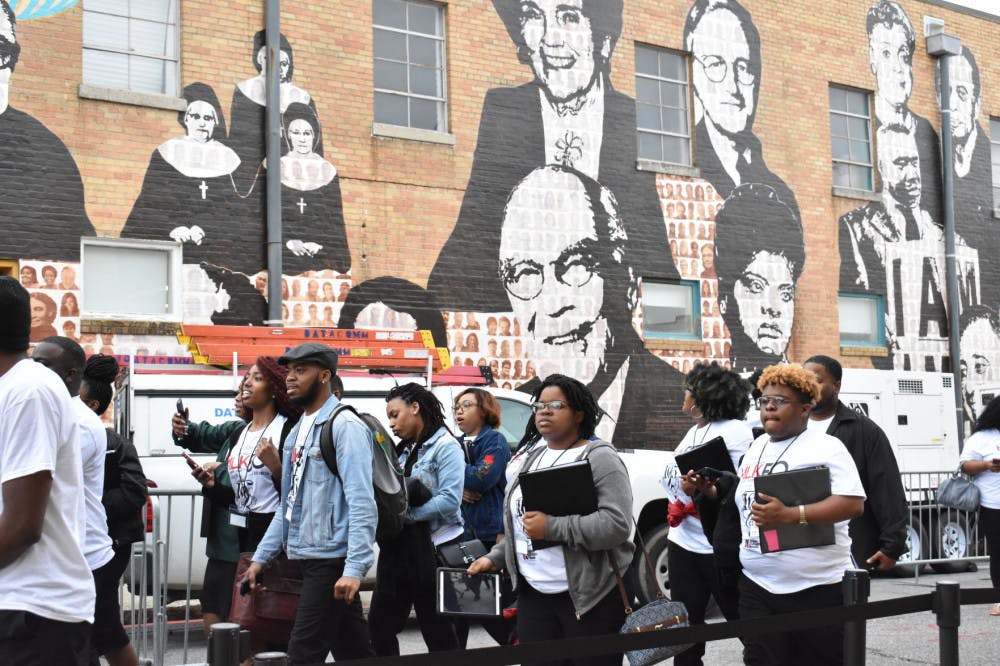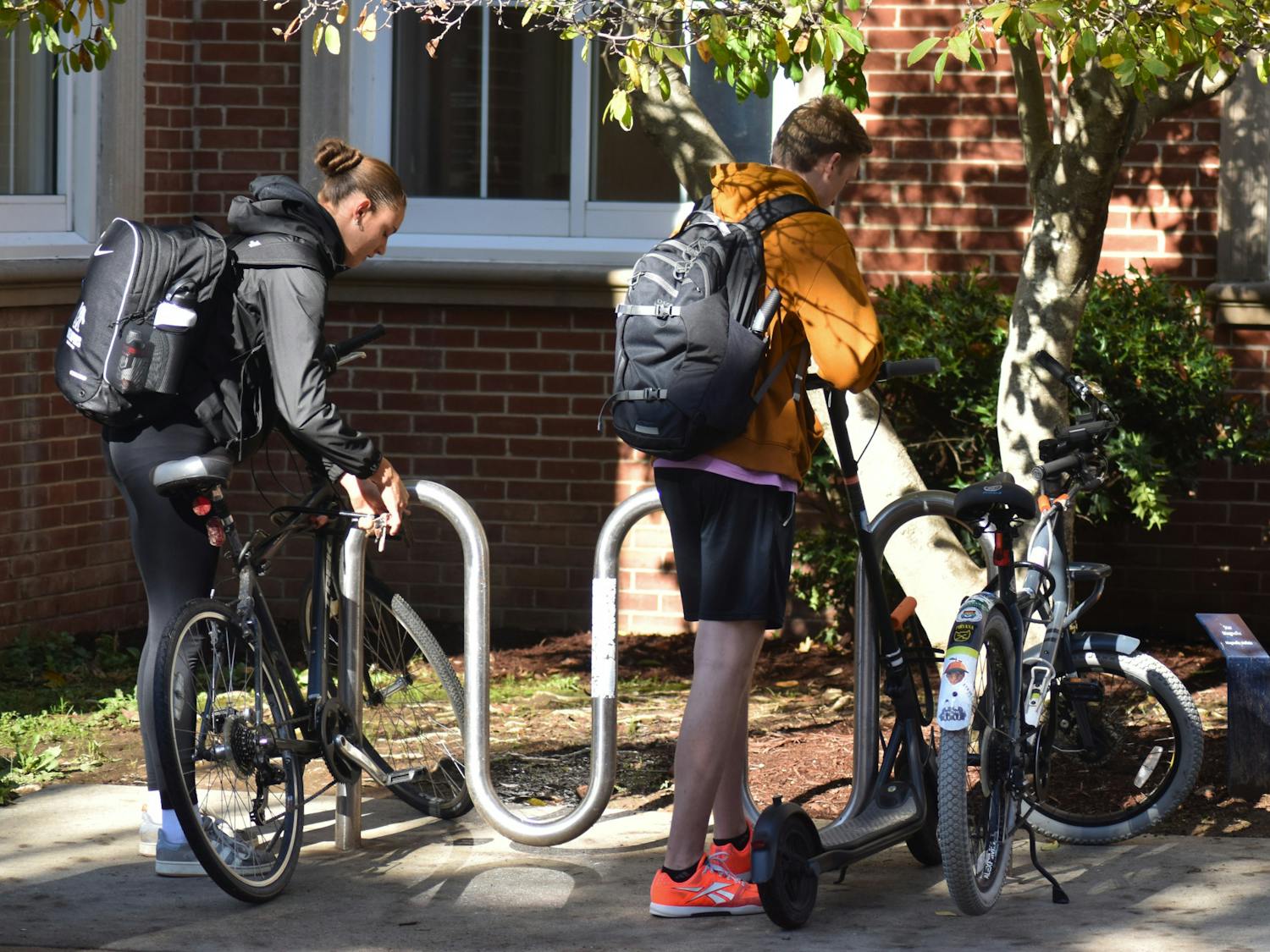Memphians and travelers may have passed by the Upstanders Mural in front of the National Civil Rights Museum as they commemorated Martin Luther King, Jr. on April 4 for the 50th anniversary of King’s assassination. The Upstanders Mural is a community-driven mural honoring 14 Memphians who confronted injustice in their time.
Facing History and Ourselves, a nonprofit international educational and professional development organization, created the mural in November 2016 to highlight the stories and decisions of people in Memphis history who faced difficult circumstances but still stood up for others, said Marti Tippens Murphy, executive director of the Memphis branch of the organization.
“(The mural) is really to help start a conversation and get people to think about the many ways to be an upstander,” Tippens Murphy said. “Being an upstander is something that takes you out of your comfort zone. It’s something that requires some risk, requires potentially some sacrifice, and those are really something to think about if you want to work for creating a just and equitable society and city.”
Steven Mulroy, associate dean of the University of Memphis Cecil C. Humphreys’ School of Law, said it is great to see so many people in Memphis commemorate King and his ideas about racial and economic justice. He said the mural helps the city and people commemorating remember the movements.
“I commend Facing History, themselves, for putting the mural up, and I think it’s a useful reminder for people visiting and for Memphians themselves,” Mulroy said.
Larry Moore, a U of M accounting professor, said the mural is a reminder that ensures nothing repeats the 1866 Memphis Massacre, a three-day racially motivated massacre that killed 46 black people and two white people and injured 75 black people. Five women reported to have been raped. More than 100 people were robbed, and 91 homes, four churches and eight schools for black people were burned.
“(The mural) is a good remembrance,” Moore said. “It’s a good remembrance that we’ve had over Memphis history. We’ve had men and women, black and white, all standing up on the path to make sure that didn’t have a return to anything like the 1866 riots.”
Ida B. Wells, Lucy Tibbs and T.O. Jones are among the 14 figures painted on the wall. Each of them contributed to defying injustice in Memphis.
Ida B. Wells was a black journalist and civil rights activist who took on racism in the southern United States by reporting on lynchings. She started her activism with leading anti-lynching crusades in the 1890s and became a founding member of the NAACP in 1909.
Lucy Tibbs, a survivor of the Memphis Massacre, publicly testified about what she witnessed and suffered. She was pregnant with her third child when the mob broke into her home, raped her and robbed her. Her testimony and others’ led to the reconstruction of the 14th Amendment, which provides equal protection under the law for all U.S. citizens and was brought about by former slaves.
Thomas Oliver “T.O” Jones led the sanitation strike that brought King to Memphis days before his assassination. The strike was against the city’s poor treatment and abuse of black employees in February 1968, and it lasted until April with the aftermath of King’s death when some demands of the strikers were met.
Jones demanded recognition of his union, better safety conditions and decent wages. He was a sanitation worker himself and fought for the right to unionize. His activism inspired the “I AM A MAN” march in 1968, which many participated in for the commemoration on Wednesday.
Students from different HBCUs formed a choir in front of the Upstanders Mural for the MLK50 commemoration. This mural was created to honor other Memphis civil rights activists who made changes in their time.






